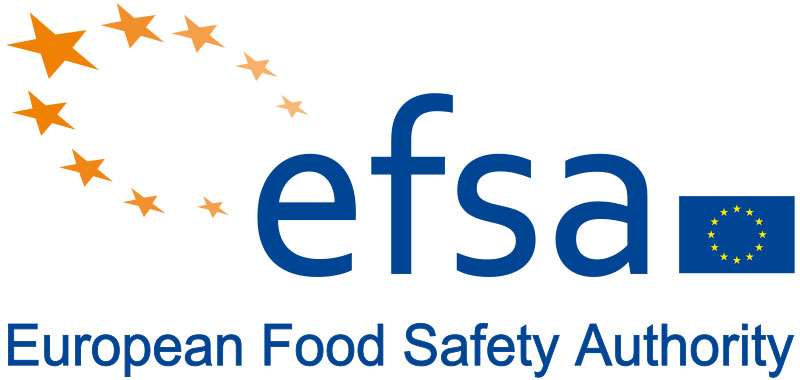EFSA speaks on flavouring compounds and preservatives in animal feed

EFSA’s feed safety panel, FEEDAP, has recently published two scientific opinions: one on the use of phenol derivatives in animal feed, and on the use of acetic acid, calcium acetate and sodium diacetate.
Phenol derivatives as flavour compounds in animal feed
Following a request from the European Commission, the Panel on Additives and Products or Substances used in Animal Feed (FEEDAP) was asked to deliver a scientific opinion on safety and efficacy of 16 phenol derivatives containing ring-alkyl, ring-alkoxy and side-chains with an oxygenated functional group (CG 25) when used as flavouring compounds in animal feed.
All 16 compounds are currently authorised for use as flavours in food.
The flavouring compounds are calculated to be safe for all animal species at a maximum level of 5 mg/kg complete feed.
This value supports the highest proposed use level for 13 of the 16 compounds with the margin of safety of approximately 1 to 5 for pigs and poultry, the most sensitive species.
This safe level is substantially below the maximum proposed use level for all species for thymol and carvacrol (125 mg/kg complete feed) and for 3-methoxyphenol (25 mg/kg complete feed).
This concentration should be appropriately reduced when used in water for drinking.
The panel concludes that the use of any of the 16 compounds included in CG 25 at the maximum proposed use level in animal feed would not raise safety concerns for consumers of animal products.
No new data on the safety for the user was provided. However potential hazards for skin and eye contact and respiratory exposure of various severity are recognised for all of the compounds included in CG 25.
The panel expects that at the use level safe for all target species (5 mg/kg feed), the 16 compounds included in CG 25 do not pose a risk for the environment.
Since all 16 compounds include in CG 25 are used in food as flavourings and their function in feed is essentially the same as that in food, no further demonstration of efficacy was considered necessary.
Acetic acid, calcium acetate and sodium diacetate preservatives
FEEDAP was also asked to deliver a scientific opinion on an application for the re-authorisation of acetic acid, calcium acetate and sodium diacetate when used as a preservative in feed and for a new use of acetic acid as preservative in water for drinking.
- For more EFSA FEEDDAP scientific opinions go to EFSA:FEED











